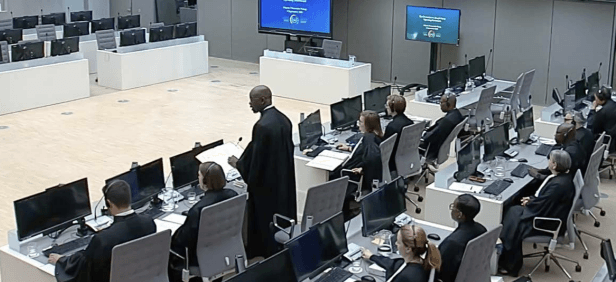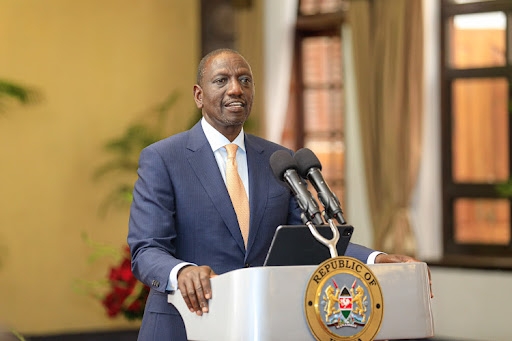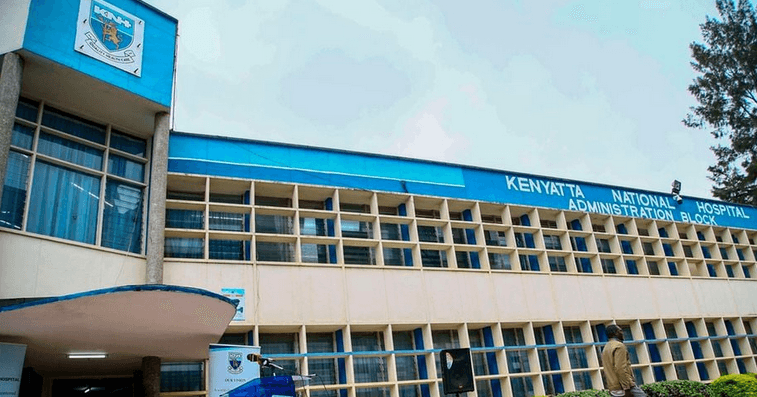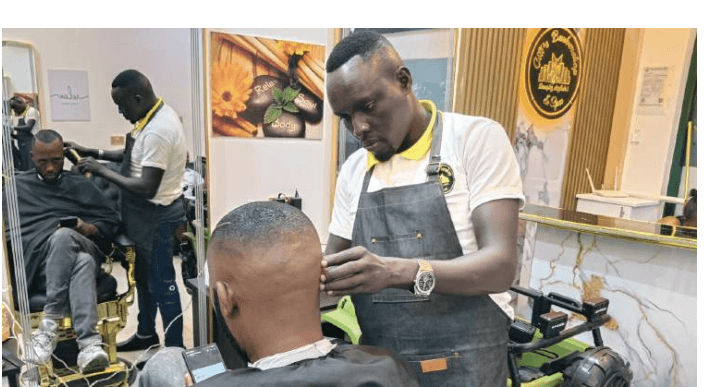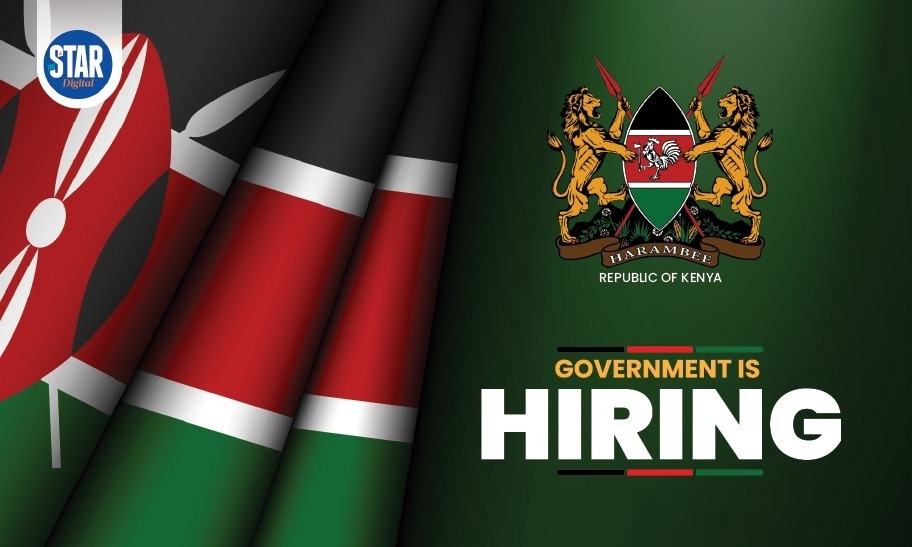Have you ever left the salon and felt immediate regret for choosing a specific hairstyle?
Sometimes you know that you will have to endure long nights, not knowing what position will be best suited to sleep on.
Laureen Sabwa, a 24-year-old hairstylist remembers in January 2023 when she had done a hairstyle she describes as 'bubble braids with Brazilian wool'.
"The style was so pretty but what caused the pain was the amount of hair that was being grabbed during the plaiting was smaller than the amount of Brazilian wool being used," she says.
Sabwa narrated how she had had to endure sleepless nights for three weeks before she could comfortably sleep peacefully in the hairstyle.
"I couldn't sleep or turn my head. It was so painful, that I had to position my head at a certain angle at night, I even tried making my pillow a bit fluffier," the young hairstylist says.
"After two weeks, I started getting blisters on my scalp but I endured because the hairstyle looked good on me. The pain subsided on the third week and I removed it on the sixth week."
Often, we are told that it is the price that comes with beauty, to look good, you have to endure the pain that comes with it.
24-year-old Naama Abucheri was in the same predicament as Sabwa when she braided her hair in a style she describes as 'Makeba'.
She says she had to put her pillow on her neck as she slept every night to avoid putting pressure on her head.
"At some point, I had to leave my head in the air as I slept," Abucheri explained.
As a hairdresser, here are some things that Sabwa advises to do to avoid getting into the situation:
Consider doing protective hairstyles: These are styles that protect your ends and lessen tangling, breakage, and shedding. She advises that individuals should do hair-friendly styles like twist-outs and cornrows.
"Stay away from lengthy and painful styles like faux locs, if you have to do them, always give your hair a break after," Laureen says.
When you wear protective hairstyles, be cautious about the length as extremely lengthy hairstyles cause a strain on your hair's roots, she advises.
Use warm water on your scalp: Warm water helps to loosen the hair grabbed during plaiting. She advises that when you have done extremely tight braids, use warm water and a towel to massage your scalp from time to time before applying some oil. This will reduce the pain.
Choose a gentle hairdresser: It also depends on who braids your hair. Some hairdressers are just generally painful braiders, Sabwa says. When you find a gentle braider, stay loyal to them, she advises.
Massage your scalp: A scalp massage will help ease the tension that comes from the plaiting by increasing blood circulation.
Experts attribute the feeling to the pulling of the scalp during the plaiting process.
It is important to communicate with your stylist during the plaiting process, if they are pulling too much of the hair, speak up, Sabwa advises.


